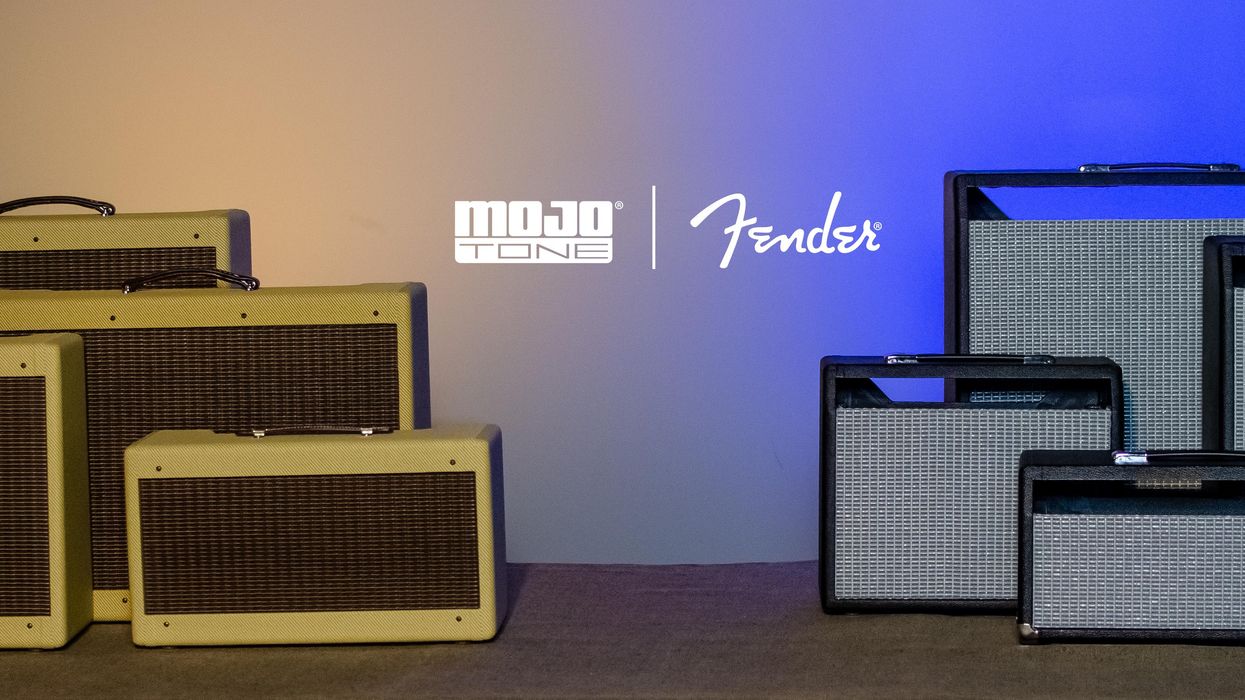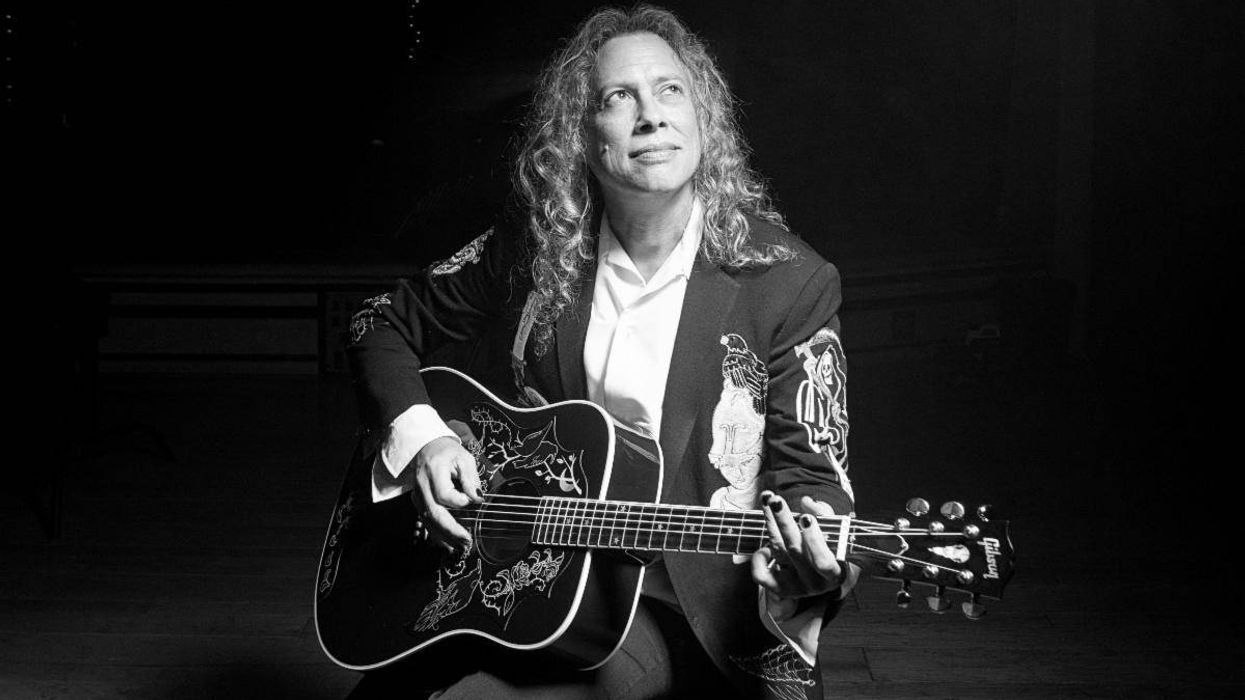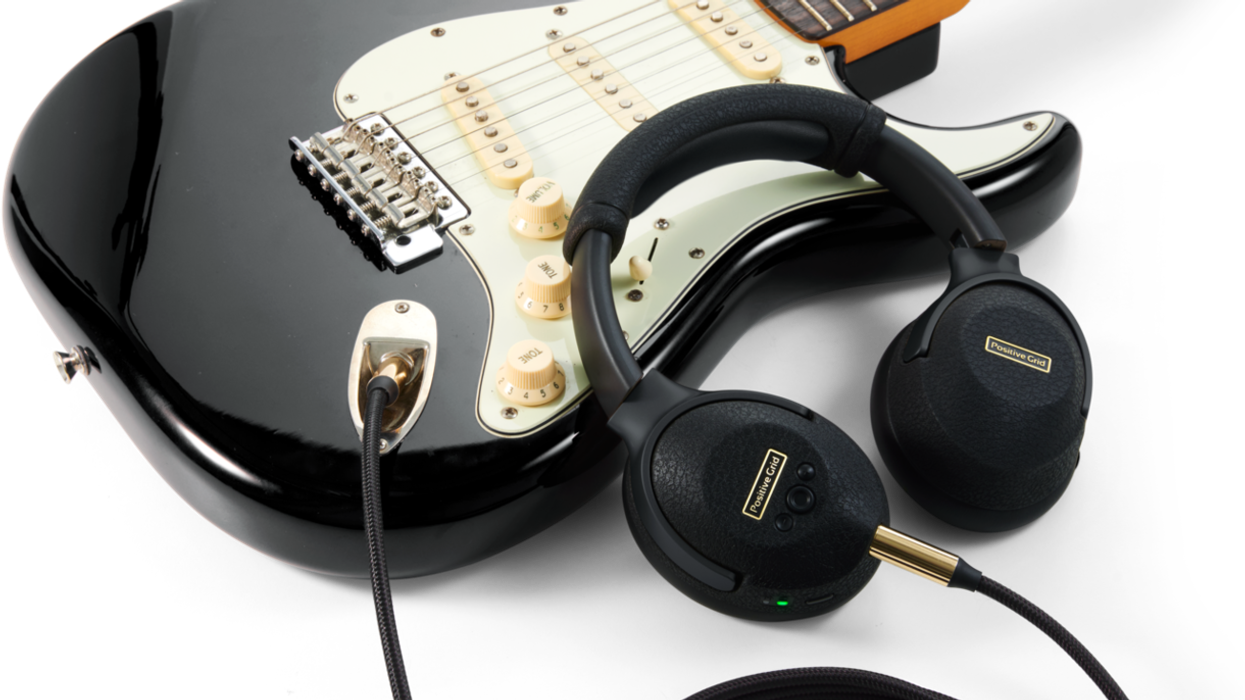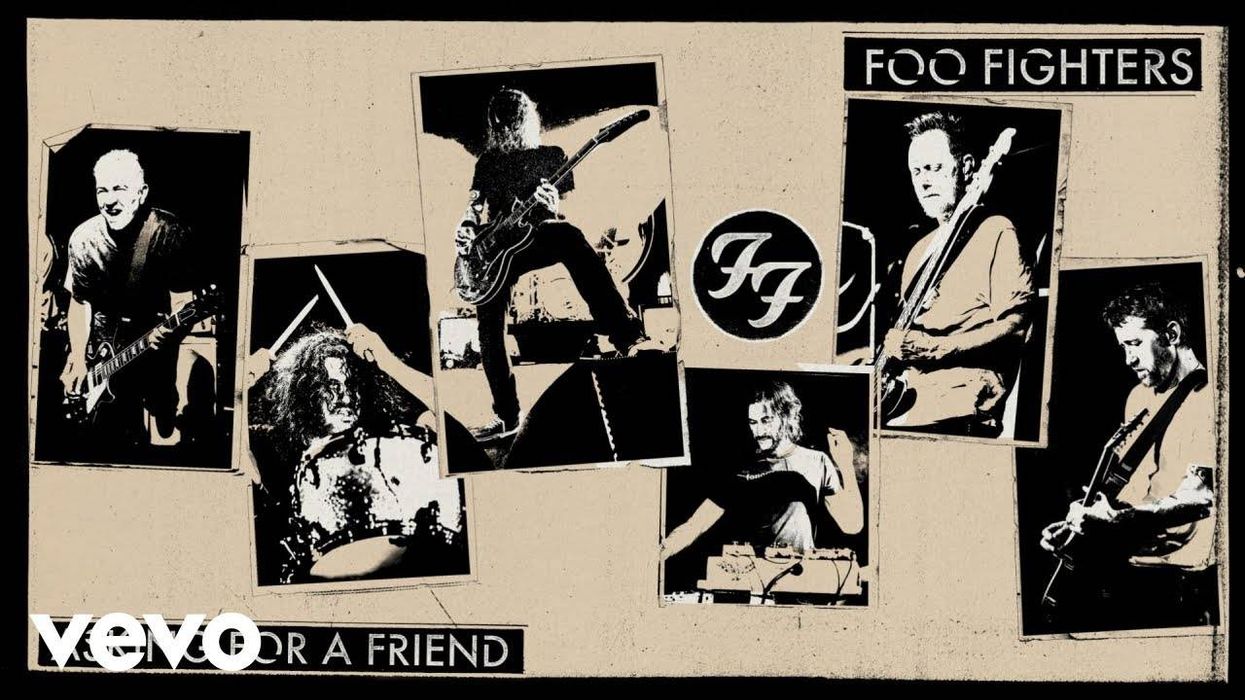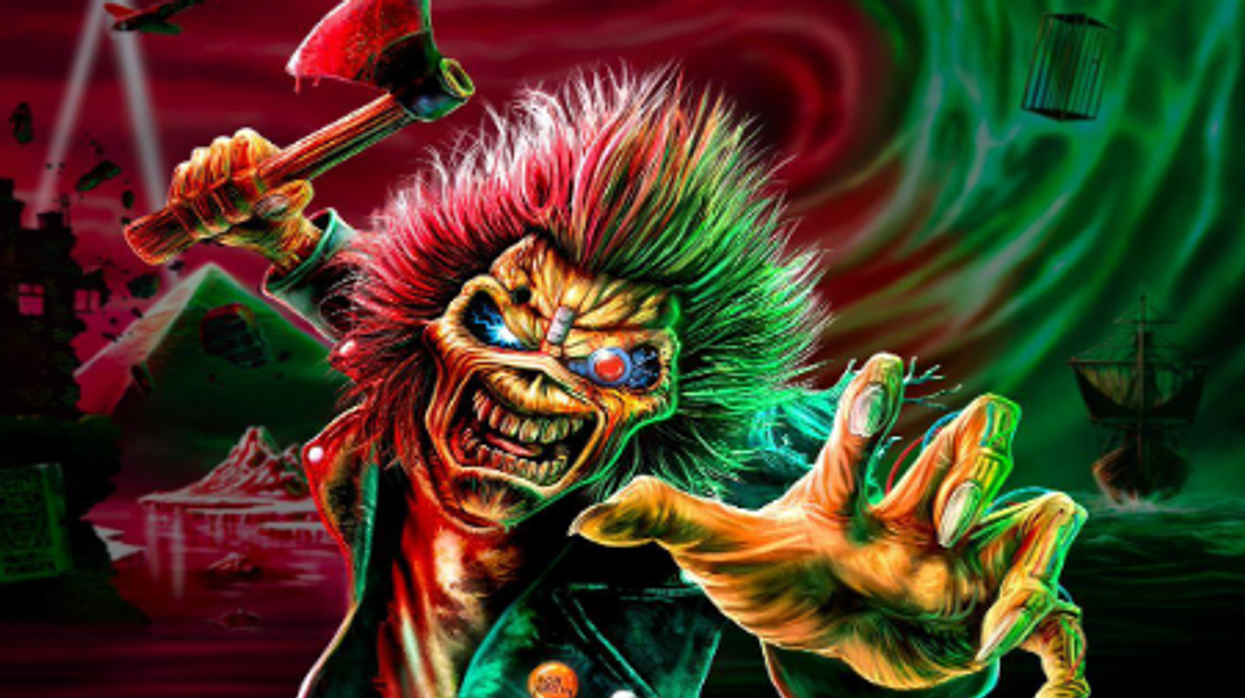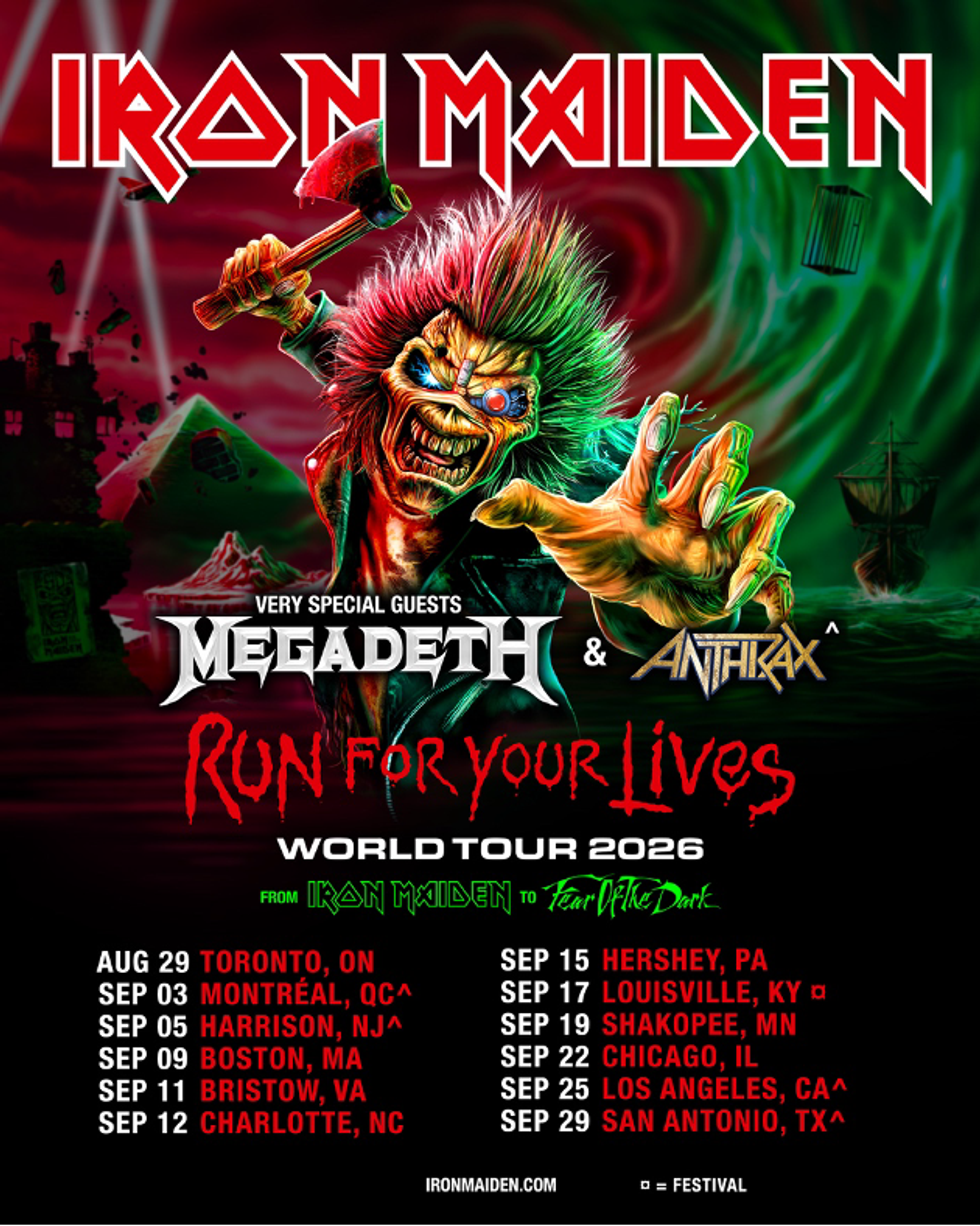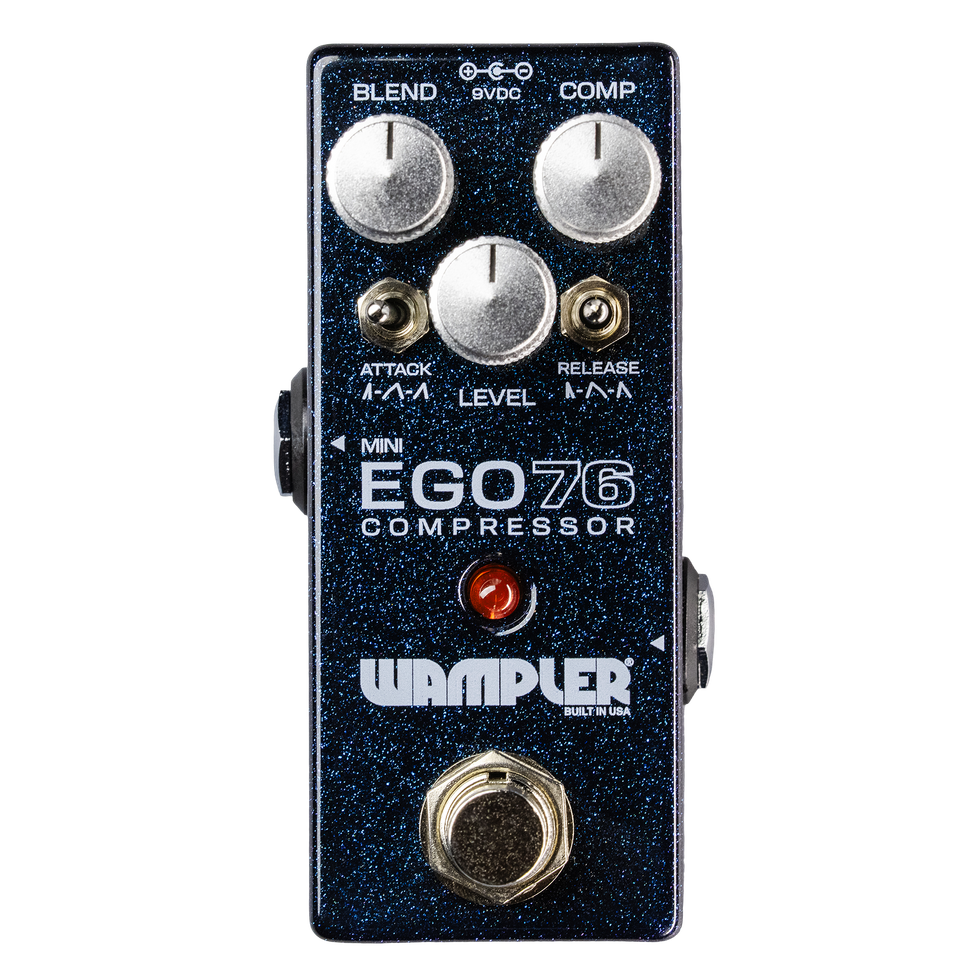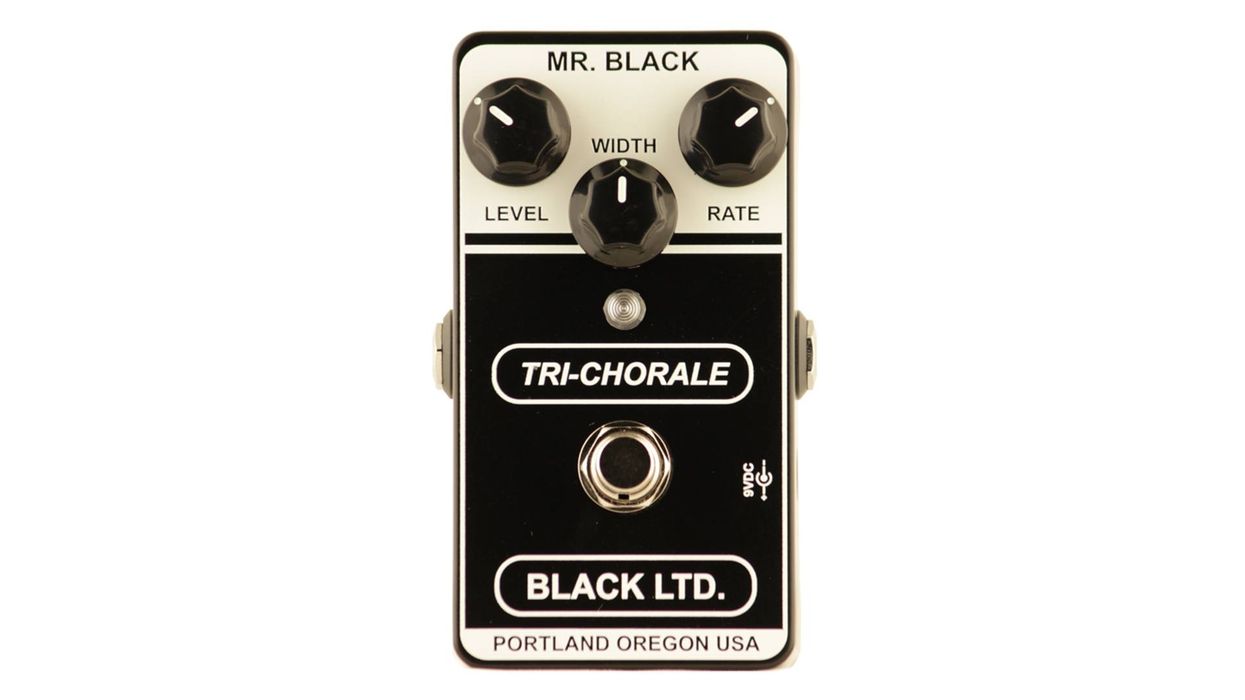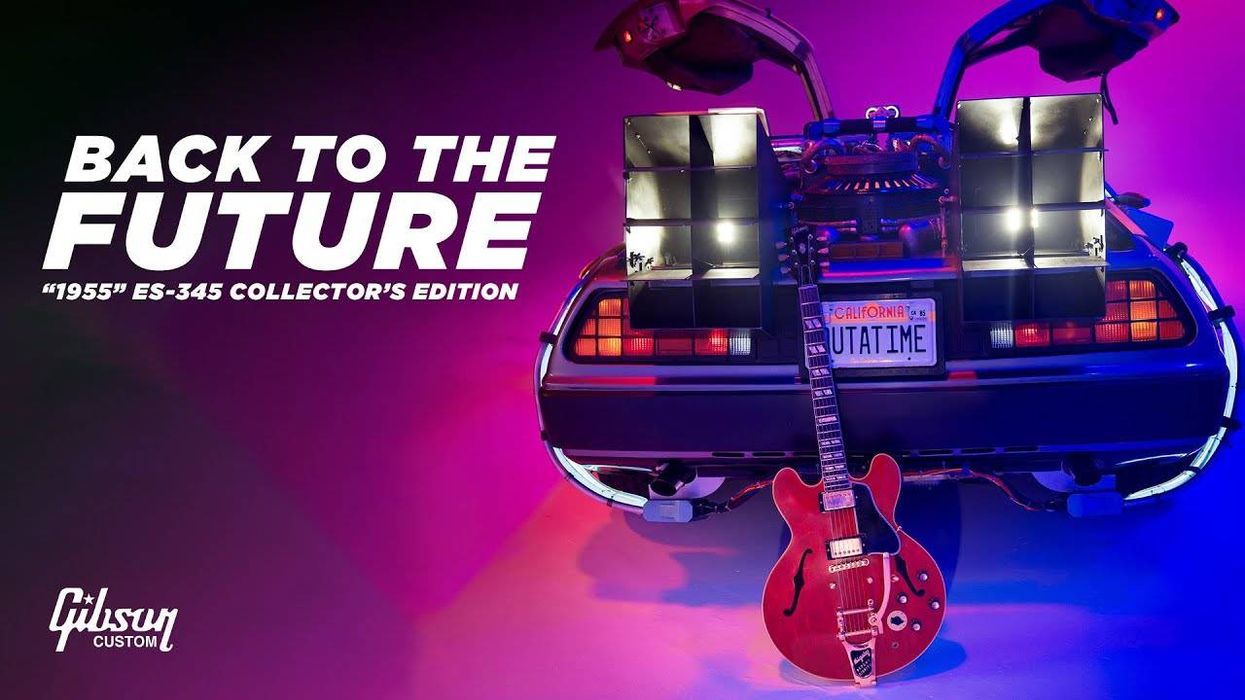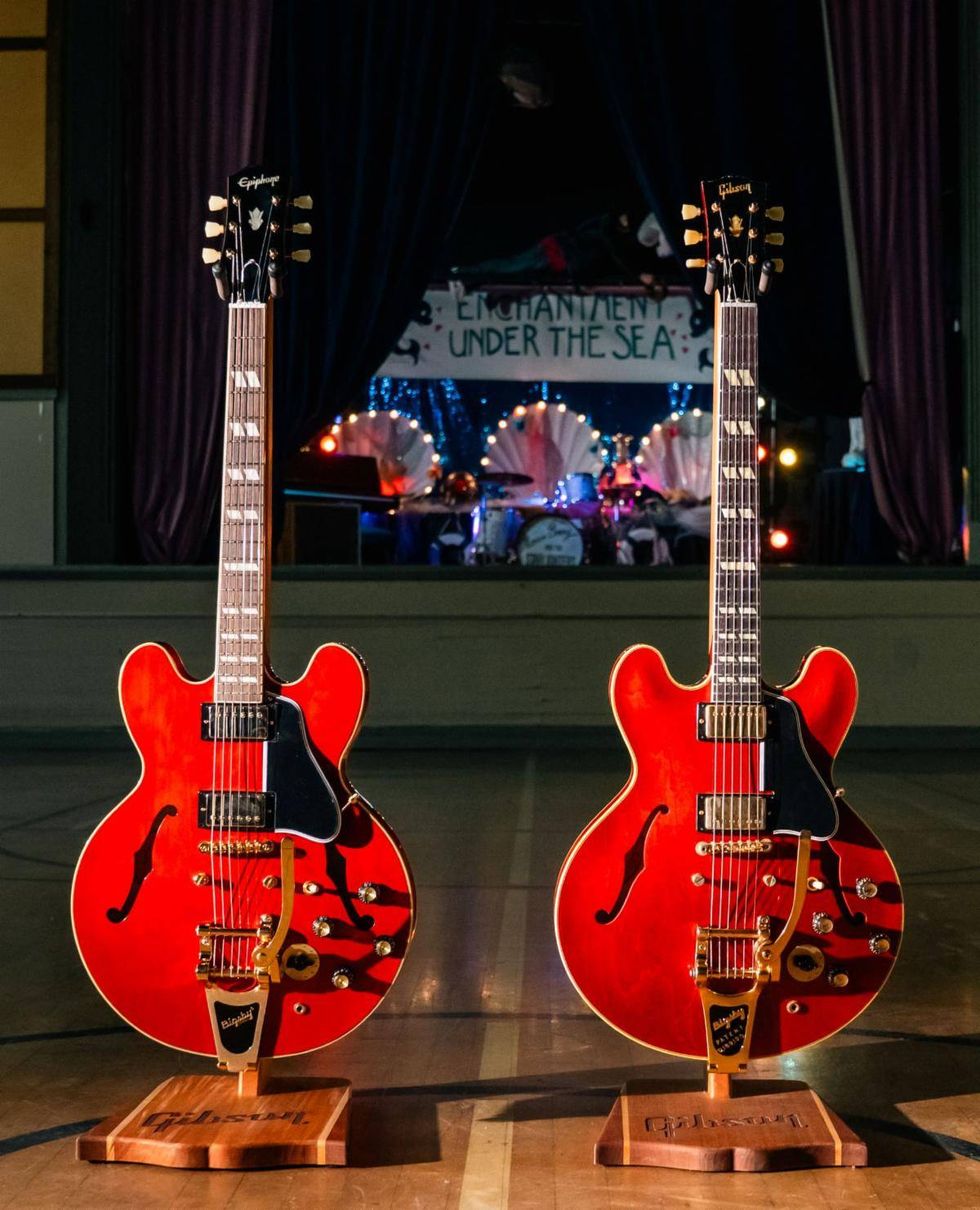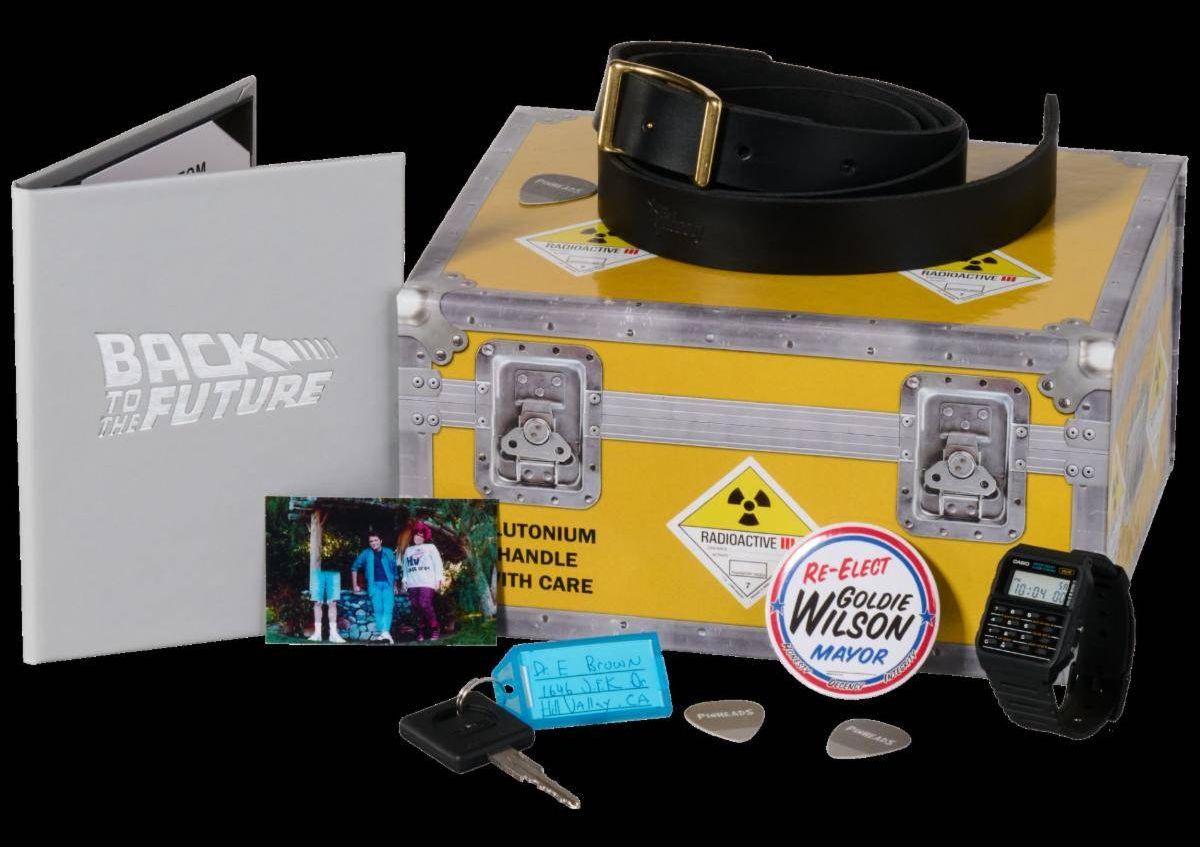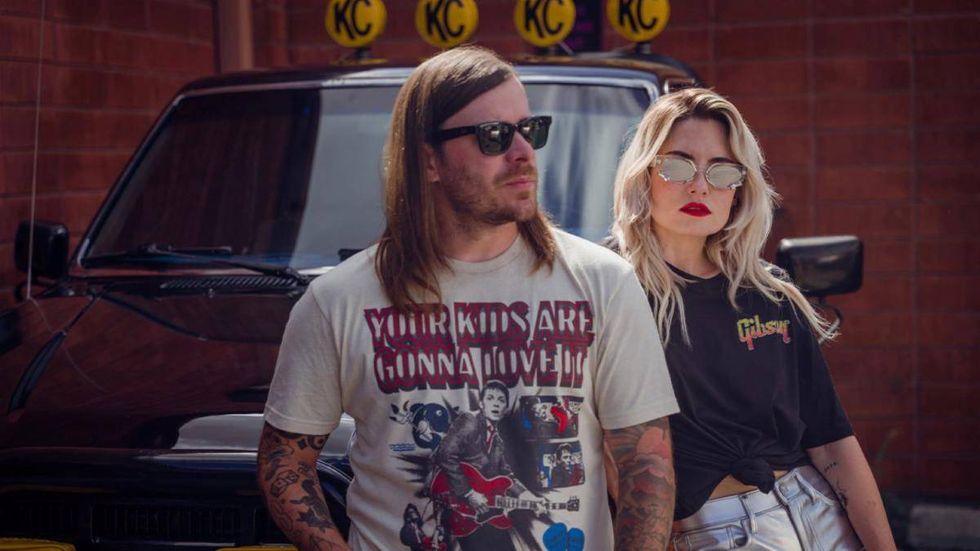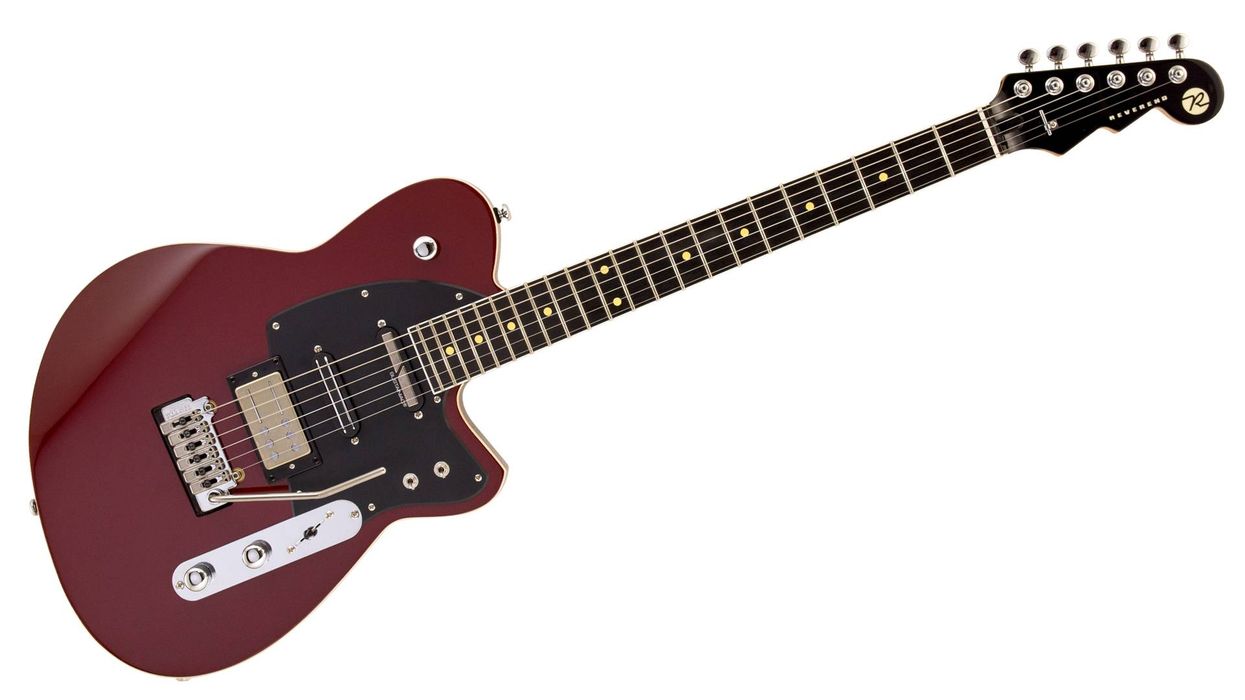Mojotone will manufacture and market over 60 of their speaker cabinets and amp kits as “Licensed by Fender.”
This partnership marks Fender's recognition of Mojotone’s dedication to its craft, quality of products, and dependability of knowledge. Beginning November 29th and ranging from $327 - $1,016.
Amplifiers were among the first products to wear the official Fender seal. A qualified electronics technician by trade, Leo Fender developed his iconic amplifiers during the mid-1940s putting innovation at the forefront. To this day, Leo’s influence and innovative spirit can still be heard in today’s amps, as that same iconic, clean Fender tone continues to color new music around the world. As a result, the process for completing the exclusive licensing deal required Fender to carefully audit Mojotone’s amplifier kits, wiring diagrams, electronics, hardware, construction methods, and more to ensure this innovation carried on through the partnership. Mojotone’s many years of intense research, quality production, and favorable reputation solidified the deal.
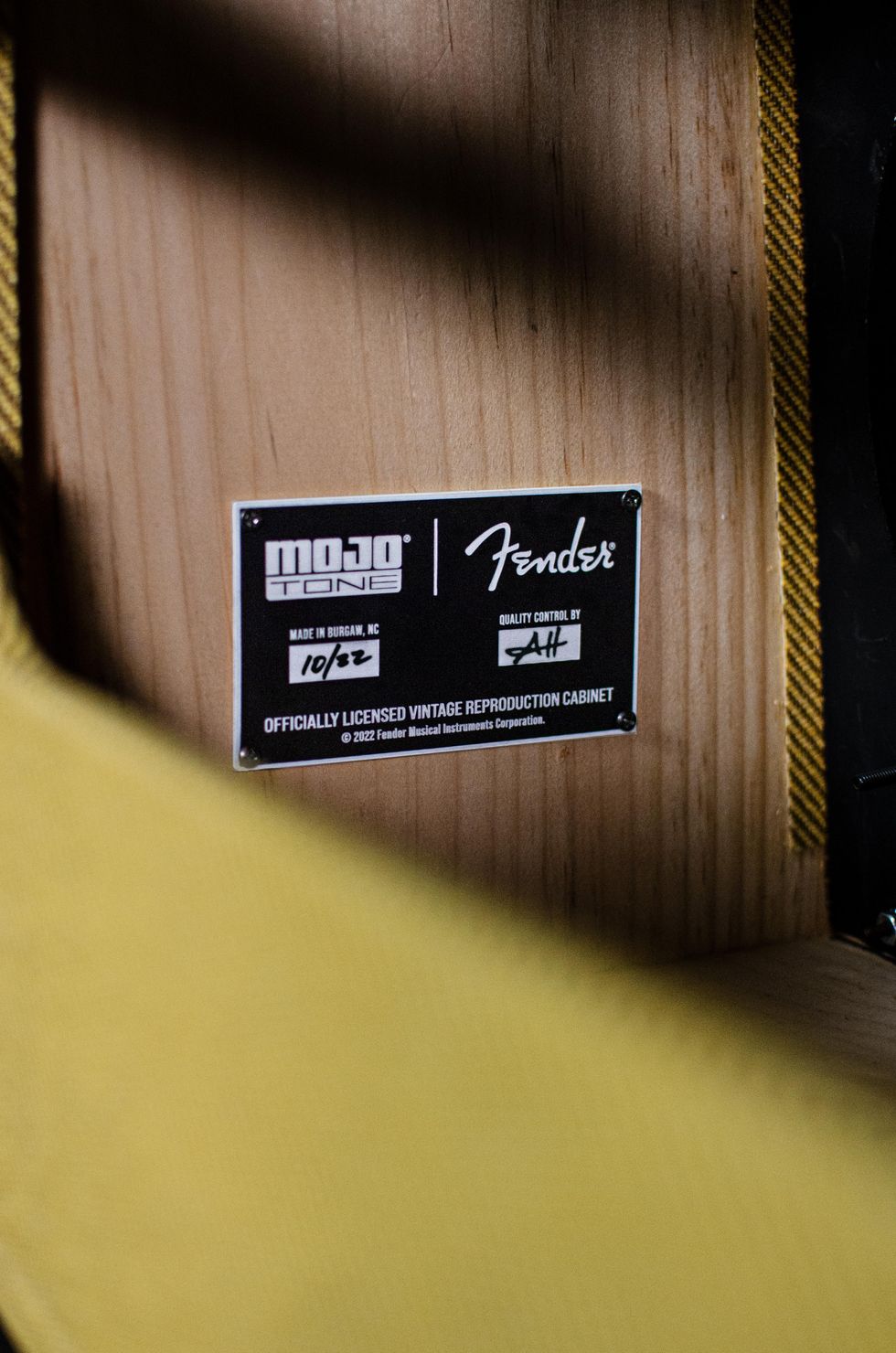
Mojotone has always been determined to provide its customer base with the most sought-after parts with their insider industry-knowledge. They have spent the last 25 years helping musicians recreate what they deem to be the most famous and easily-recognized tones and aesthetics in the music industry. When purchasing Mojotone products, like Fender products, customers can be assured of unmatched quality and craftsmanship.
For more information, please visit mojotone.com.
